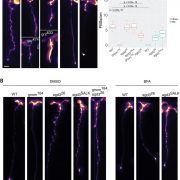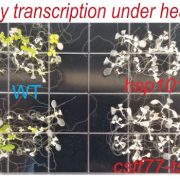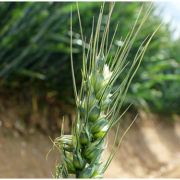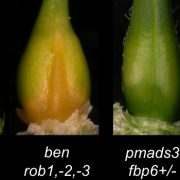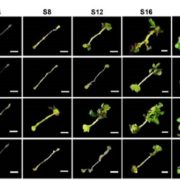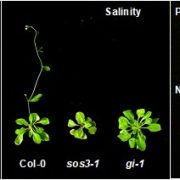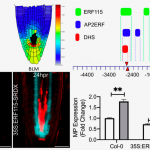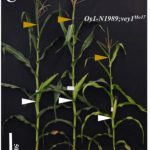Conserved gene regulatory network integrated with stress response factors in radish and Arabidopsis root cambium (Curr. Biol.)
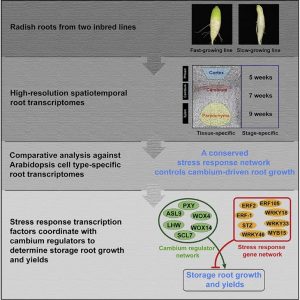 The cambium is a layer of actively dividing cells between xylem and phloem tissues that is responsible for the thickening of primary or lateral roots and stems. Root crops are tightly associated with the cambium regulatory mechanism which is less characterized in root as compared to shoot development. Hoang et al. generated the first high-resolution tissue specific transcriptome analysis from two inbred lines of radish (Raphanus sativus) storage roots, which they compared to their close relative Arabidopsis to understand the co-expression gene-regulatory networks (GRNs). The comparative analysis shows some of the genes in hormone and stress-response pathways are key regulators of the vascular tissue development. This comparative transcriptome analysis further identified a conserved stress-response GRN which is associated with some of the transcription factors that are highly expressed in root cambium. Interestingly, among the transcription factors related to the stress-response root secondary development, the ETHYLENE RESPONSE FACTOR1 (ERF-1) is the key regulator in the network. To test the in vivo cambium GRNs, the authors utilize the gain- and loss-of function alleles to validate ERF-1 as key regulator in the conserved GRNs. Overall, this study provides an insight to fine-tune development in a stressful environment by understanding the network. (Summary by Min May Wong @wongminmay) Curr. Biol. DOI: 10.1016/j.cub.2020.05.046
The cambium is a layer of actively dividing cells between xylem and phloem tissues that is responsible for the thickening of primary or lateral roots and stems. Root crops are tightly associated with the cambium regulatory mechanism which is less characterized in root as compared to shoot development. Hoang et al. generated the first high-resolution tissue specific transcriptome analysis from two inbred lines of radish (Raphanus sativus) storage roots, which they compared to their close relative Arabidopsis to understand the co-expression gene-regulatory networks (GRNs). The comparative analysis shows some of the genes in hormone and stress-response pathways are key regulators of the vascular tissue development. This comparative transcriptome analysis further identified a conserved stress-response GRN which is associated with some of the transcription factors that are highly expressed in root cambium. Interestingly, among the transcription factors related to the stress-response root secondary development, the ETHYLENE RESPONSE FACTOR1 (ERF-1) is the key regulator in the network. To test the in vivo cambium GRNs, the authors utilize the gain- and loss-of function alleles to validate ERF-1 as key regulator in the conserved GRNs. Overall, this study provides an insight to fine-tune development in a stressful environment by understanding the network. (Summary by Min May Wong @wongminmay) Curr. Biol. DOI: 10.1016/j.cub.2020.05.046


